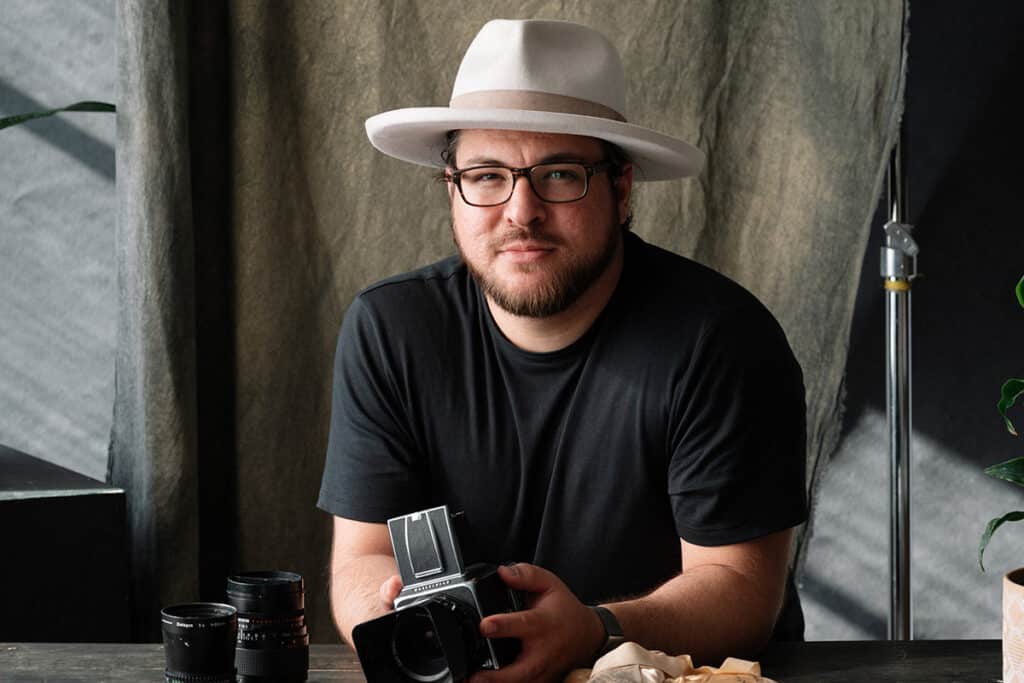There’s a lot more to Girl Scouts than camping, crafts and cookies, says Anna Maria Chávez, chief executive officer of Girl Scouts of Southwest Texas. Though she is often asked if Girl Scouts still make sit-upons (homemade cushions) and cook coffee-can casserole — yes to both — she would rather talk about what’s new with the nearly 100-year-old organization. These days, Girl Scouts might compete on robotics teams, try out martial arts, learn about financial literacy or complete environmental service projects. Scouts may go to weekly troop meetings during the school year or attend events or series on a variety of themes. They may even be virtual, online Scouts. As a former Girl Scout herself, Chávez knows how much the program has changed. Growing up in Eloy, Ariz., during the 1970s, she went to Girl Scout camp at ages 10 to 12 and did all the traditional activities there. “What had the biggest impact was that it was the first opportunity I had to go away by myself, without my family,” says Chávez. “That and being among other girls my own age from all over the state. I got the sense that it was cool to be a girl, that it was a bigger world than I’d thought and that I could do anything I wanted.”
That experience may even have helped her decide on her next big move — leaving her family and home state to attend Yale University, from which she received unsolicited application materials early in her senior year of high school in Phoenix, where her family had moved. “I didn’t know that they only admitted about a thousand students out of 25,000 applicants,” she says. “I thought that if they sent me something, that meant that they wanted me.” When Yale offered her admission with a full scholarship, Chávez accepted, encouraged by her family and teachers. She set off on the 3,000-mile trip to New Haven, Conn., by herself, staying in a hotel her first night there and waking up to see what looked like every other student moving in with the help of their parents. “At that time, there weren’t a lot of Mexican-American students at Yale,” says Chávez. “I was one of 16 out of 1,000 in my class. Most of us were from Arizona, Texas and California, and we all missed Mexican food.” To cover her personal expenses, Chávez, a history major, worked two jobs, one as a home health aide well off campus. At the end of her work hours, she says, “I had to run down the hill to make it to the dining hall before they stopped serving. If I didn’t make it in time, I didn’t eat dinner.” One December, just before final exams, she was down to one dollar, which she taped up above her desk, knowing that if she spent it, she would have nothing. “Yale taught me perseverance,” Chávez says. “I learned that regardless of my background, I could compete at that level.”
Chávez planned to go to law school but took a year off after her college graduation to make sure, clerking for a Yale-graduate attorney in Phoenix. Originally interested in entertainment law, as early 1990s news was made about the General Agreement on Tariffs and Trade (GATT) and North American Free Trade Agreement (NAFTA), she switched her focus to international law and decided to attend the University of Arizona Law School “because it had a Trade Law Center and because I was tired of being cold.” During her third year in law school, Chávez was recruited for an Honors Attorney Program that placed participants in departments of the federal government such as Housing and Urban Development, Justice and Transportation. For Chávez, this experience led to full-time posts, including appointments as chief of staff for the Small Business Administration’s Office of Government Contracting and Minority Enterprise Development and senior policy advisor to U.S. Secretary of Transportation Rodney Slater. Chávez might have stayed in Washington, D.C., where she met her husband, Robert, a financial industry executive, had she not received a call from the chief of staff of then-Arizona Gov. Janet Napolitano, who had heard about Chávez and recruited her to serve her home state as in-house counsel and assistant director for the Division of Aging and Community Services at the Arizona Department of Economic Security.
From that position, she became deputy chief of staff for Urban Relations and Community Development, promoting Napolitano’s policies and initiatives throughout the state in partnership with city, county and Native American tribal governments as well as nonprofit organizations. Representing the governor before a wide variety of audiences helped her hone her public-speaking skills, she says, “and taught me a lot about reaching out for grass-roots support.” When Chávez first heard about the opening with the Girl Scouts of Southwest Texas, she says, “I didn’t even know they had professional CEOs.” As with most people, she says, “For me, the face of the Girl Scouts was the volunteer troop leader.” Recruited once again to helm the 21-county Girl Scout council headquartered in San Antonio, she was intrigued by what she was learning about the organization, which now addresses a variety of issues girls experience, providing programs with positive messages about female leadership, self-esteem, career possibilities and health and wellness. Though she lacked nonprofit experience, she says, “I bring a different perspective.” With her background in state and federal government, public speaking and creating relationships advocating for social safety-net programs, the job felt like a good fit to Chávez, and she and her family decided to make the move to San Antonio. With the area’s high incidence in negative female issues, including teen pregnancy and high school-dropout rates, she felt, “I could continue my public service here.”
Since Chávez took up her present position about two years ago, she has traveled all over the wide area — extending to the Mexican border — of what was formerly several councils, consolidated because of steeply falling membership from 1995 to 2005. She has done a lot of listening to girls, parents and community leaders and has come up with new ways for South Texas girls to be Girl Scouts. One of the most innovative is the Gamma Sigma club for girls at five San Antonio Independent School District high schools. Their meetings may not look like the ones former Scouts remember — “They told me, ‘We don’t want to wear dorky polyester uniforms in high school,’” says Chávez — but Gamma Sigma is successfully rebranding Girl Scouts for girls who otherwise might have been beyond the organization’s reach. Club members work on college readiness, learning how to fill out college applications, and do community-service projects, improving their own neighborhoods and getting a sense of their own worth through visible accomplishments.
Girl Scouts also has become much more flexible, allowing girls with busy after-school schedules to plan their own pathway through the organization. Rather than committing to regular meetings, they can choose to attend a variety of single events (scheduled activities) or series (themed activities for the same group of girls) in areas that interest them, as well as regional, national or even international travel, usually with a service component. “There is no longer just one way to be a Girl Scout,” Chávez says. “We offer many different ways to participate.” Similarly, volunteers no longer have to commit to leading weekly troop meetings but may plan and assist at one or more events. Making Girl Scouts more flexible and inclusive is working: Membership is up by about 30 percent, comparing the numbers as of March 31, 2010 (15,367 area Scouts), to March 31, 2011 (19,848). When soliciting support for Girl Scouts with community government or other organizations, Chávez stresses the thousands of service hours Scouts perform. “Any support a community provides to its Girl Scouts comes back to them in community service,” she says.
For her job, Chávez attends two or three evening meetings a week, outside business hours “because that’s when other people are available to meet.” She tries to be careful about overextending herself, and to set an example for the Girls Scouts she often meets with, lost 30 pounds last year to emphasize her personal commitment to the council’s Healthy Living initiative in partnership with the University of Texas Health Science Center at San Antonio. Her husband “has always been tremendously supportive of me,” says Chávez. “He left a good job in Washington to go with me to Arizona and left another good job in Arizona to come here.” He and their son, Michael, age 9, accompany her to Girl Scout events when possible. Because her office on the second floor of the Sally Cheever Girl Scout Leadership Center has a treetop view, she says, Girl Scouts who visit her have named it the Tree House. “They call me Eagle One, my husband’s Big Eagle, and our son is Little Eagle.”
For Chávez, taking this job was another leap of faith in a long line of them. Her hard work in reimagining Girl Scouts in this area has seen a near-immediate payoff in increased membership, but she has longer-range goals for the Girl Scouts of Southwest Texas. As a female leader herself, she is proud of the Girl Scouts’ mission: “We are forming future leaders of the world.”




